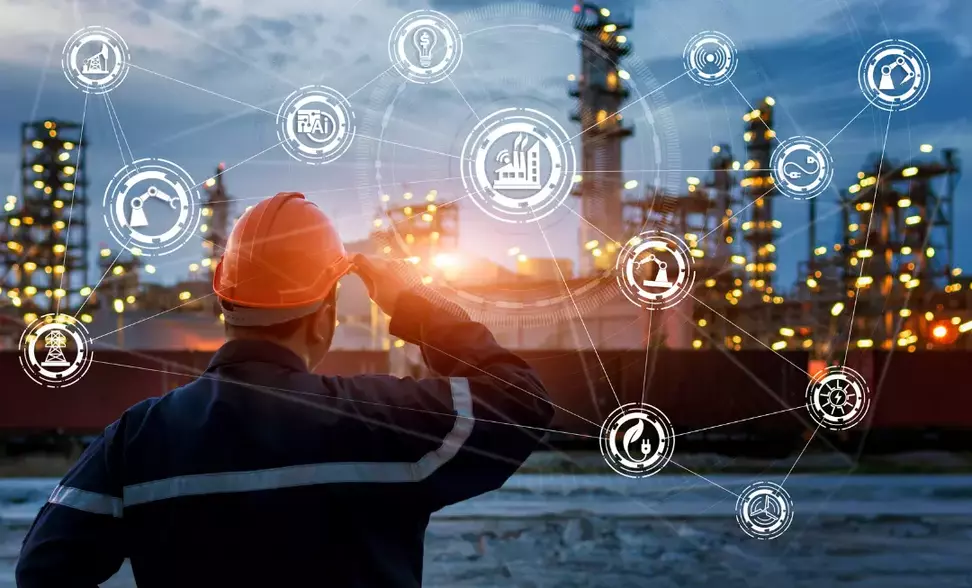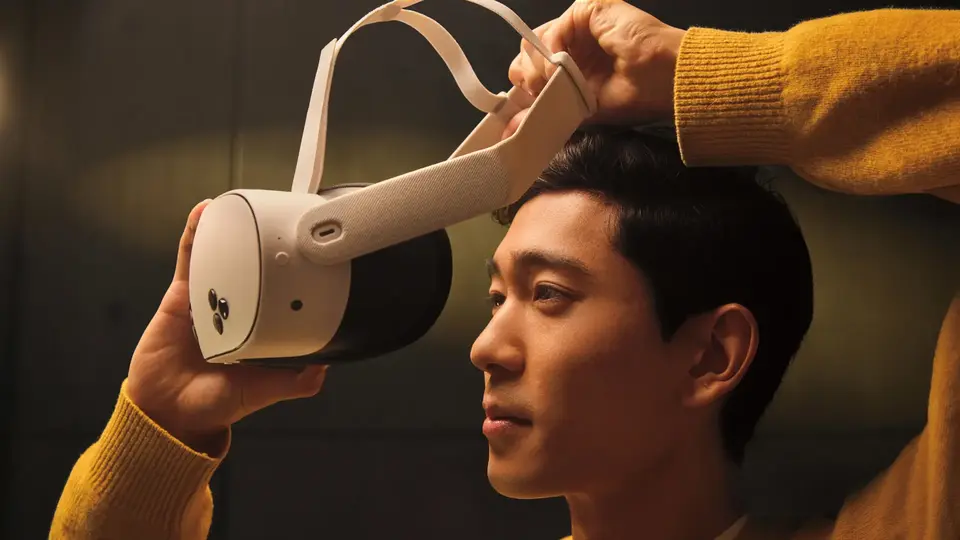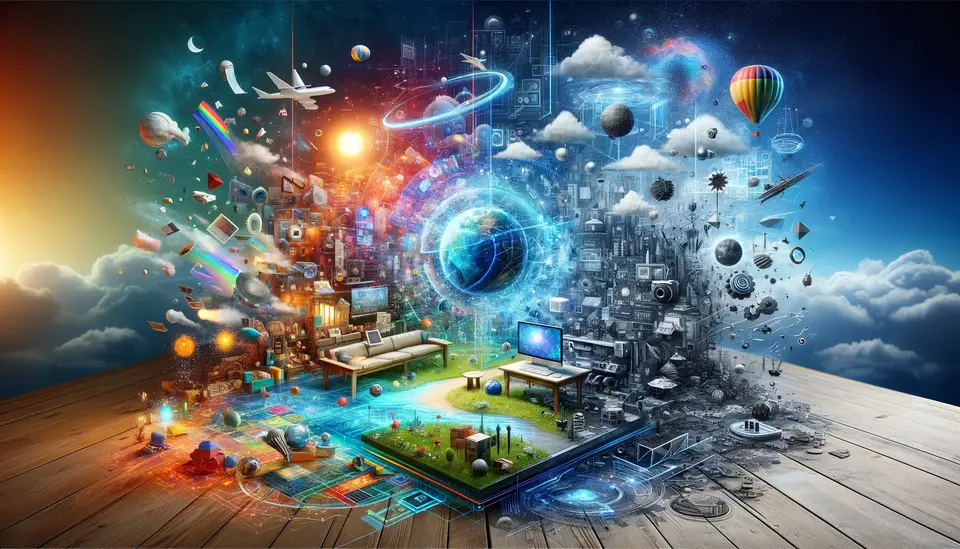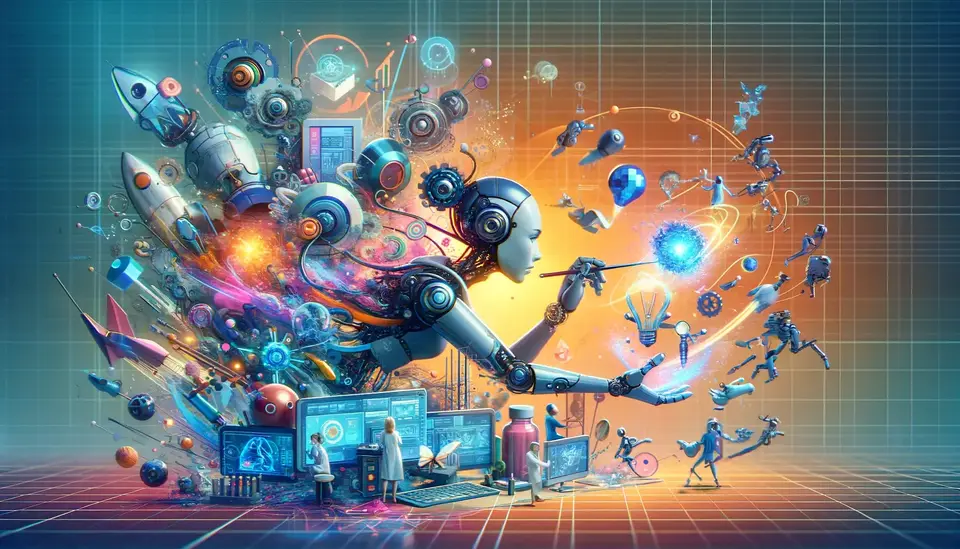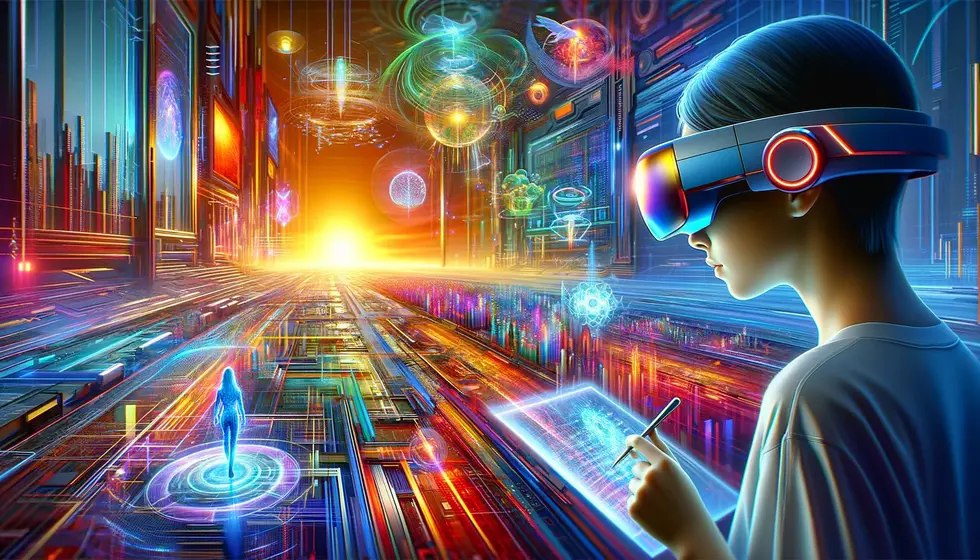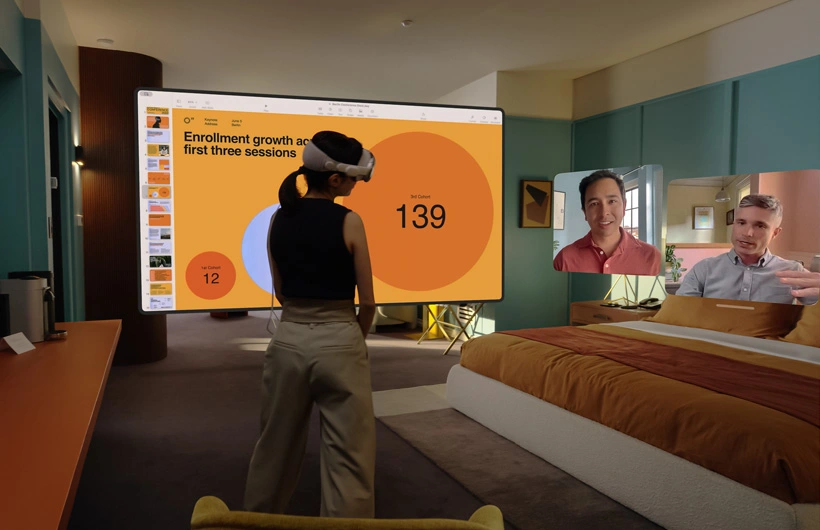Real Examples and Use Cases of Mixed Reality in Construction
Posted on May 28, 2023 6 minutes 1121 words
Table of contents
Mixed Reality (MR) is no longer a figment of our imagination, confined to sci-fi movies and novels. It’s transforming industries globally, and construction, an industry steeped in tradition, is not being left behind. By superimposing digital information onto physical objects, MR is enabling an immersive and interactive environment that ingeniously bridges the gap between virtual and physical realities. In this blog post, we will explore some captivating real-world examples and use cases of Mixed Reality in construction.
Understanding Mixed Reality
Firstly, it’s essential to define Mixed Reality. MR blends the physical and digital worlds by anchoring digital content into our physical environment. Unlike Virtual Reality, which creates a fully digital environment, or Augmented Reality, which overlays digital information onto the physical world, MR allows the user to interact with digital content seamlessly integrated into their surroundings.
Mixed Reality enables better spatial awareness, depth perception, and interaction, making it an ideal technology for the construction industry, where a strong spatial understanding and interaction with complex data are required.
Tools Powering Mixed Reality in Construction
Various tools and devices are making MR applications in construction a reality. A standout example is the Microsoft HoloLens, a self-contained, holographic computer that enables the user to engage with digital content and interact with holograms in the physical world. Similarly, Trimble’s XR10 with HoloLens 2 integrates MR technology with a safety-certified hard hat, a necessity in any construction environment.
These tools provide a Mixed Reality environment by scanning the user’s surroundings and overlaying digital models onto the physical world. This process allows for enhanced interaction and understanding of complex designs and structures in the construction industry.
Real Examples and Use Cases
Mixed Reality is transforming construction practices in several ways. Here are some standout examples:
Site Planning and Design Visualization
Construction giant Skanska has been pioneering the use of Mixed Reality in construction. Their use of Microsoft HoloLens allows them to overlay BIM (Building Information Modeling) designs onto physical construction sites. Stakeholders can ‘walk through’ the full-scale design before construction begins, facilitating a deeper understanding of design plans and identifying potential issues early on. This real-time spatial representation reduces design errors, saves time in decision-making, and ensures all stakeholders have a unified understanding of the project.
Collaboration and Remote Assistance
Daqri’s Smart Helmet, equipped with thermal vision and data visualization capabilities, is a standout example of how MR can facilitate collaboration and remote assistance. Experts based in other locations can provide real-time assistance to on-site workers, walking them through complex processes and troubleshooting issues. This immediate access to expert knowledge not only improves efficiency but also saves travel costs and time.
Inspections and Quality Assurance
AECOM is leveraging MR for quality checks and inspections. By overlaying digital models onto the physical structure, workers can easily spot discrepancies between the intended design and actual construction. This method significantly enhances inspection accuracy, streamlining the quality assurance process and ensuring that any inconsistencies are addressed promptly.
Maintenance and Repair
MR isn’t limited to new construction; it’s also revolutionizing building maintenance and repair. For instance, MR can simplify HVAC system inspections and maintenance. Using MR glasses, technicians can visualize the internal workings of a system, view real-time data, and receive guided instructions for repair and maintenance. This innovative approach not only reduces system downtime but also improves the quality and efficiency of maintenance work.
Training and Safety
The traditional classroom approach to safety training is rapidly evolving with the integration of MR. Gilbane Building Company, for instance, uses MR for immersive safety training, simulating real-world construction site hazards. Workers can experience and learn to navigate these dangers in a controlled and safe environment, reducing the risks associated with on-site training. The use of MR in training has led to increased retention rates and a better understanding of safety protocols.
Benefits and Challenges
Mixed Reality offers several compelling benefits to the construction industry:
-
Improved Safety: MR provides an immersive environment for safety training, simulating real-world hazards without the risk. This interactive training approach helps workers better understand potential dangers and how to navigate them, leading to safer construction sites.
-
Better Collaboration: MR allows teams to view and interact with 3D models in real time, no matter their location. This interactive approach improves communication and understanding, reducing errors and miscommunications.
-
Cost Savings: With MR’s ability to visualize designs in the actual environment before construction begins, costly design errors can be caught and corrected early on. Furthermore, the capacity for remote assistance reduces travel costs and improves efficiency.
-
Enhanced Quality: The use of MR in inspections and quality assurance improves accuracy. The ability to overlay digital models onto physical structures allows for precise quality checks and easy identification of any discrepancies between plans and actual construction.
However, the journey to widespread MR adoption is not without its challenges:
-
Hardware Limitations: The current generation of MR hardware can be bulky, making it uncomfortable for prolonged use. Furthermore, the high costs of advanced MR equipment may be prohibitive for some companies.
-
Data Quality: MR requires high-quality, accurate data to create effective digital overlays. Ensuring this quality, particularly in complex construction projects, can be challenging.
-
User Adoption: As with any new technology, there can be resistance from employees. The successful implementation of MR technology requires adequate training and a shift in traditional mindsets.
-
Technical Limitations: MR applications can face issues such as latency, inadequate tracking, or poor resolution, which can impact the overall user experience. Technological advancements and improvements in software and hardware are needed to overcome these challenges.
While challenges exist, the potential benefits of MR for the construction industry are significant. As the technology matures and becomes more accessible, we can expect to see an increase in MR adoption across the sector.
Future of Mixed Reality in Construction
The future of Mixed Reality in construction is promising. We are likely to see continued improvements in hardware, making devices lighter, more comfortable, and more robust for construction environments. Furthermore, MR could extend beyond site work into areas like stakeholder engagement, allowing clients and the public to ‘walk through’ designs in the early stages of a project.
MR’s ability to facilitate remote collaboration will also be vital as the industry continues to globalize, allowing experts from around the world to ‘be on site’ without leaving their office.
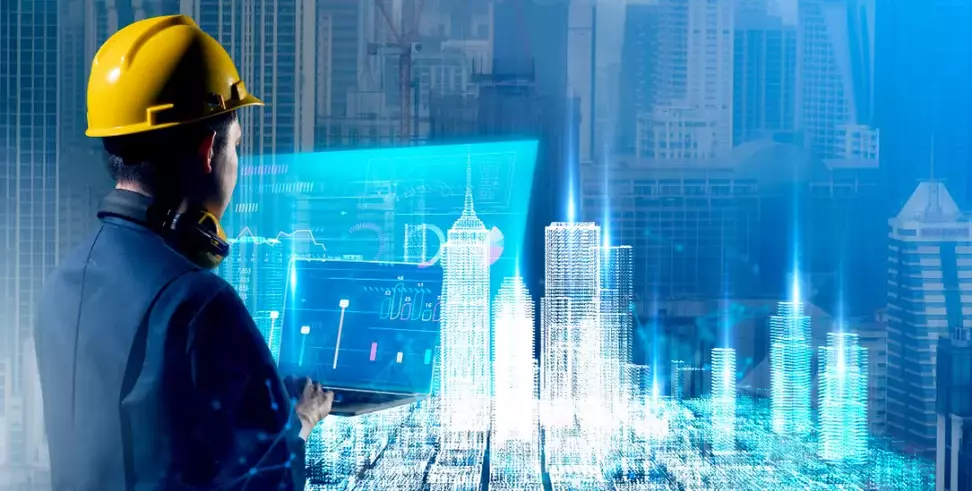
Conclusion
Mixed Reality is becoming a game-changer in the construction industry, providing unprecedented tools for visualization, collaboration, and quality control. By embracing this technology, construction companies can stay ahead in the digital race, paving the way for a more efficient, safer, and more interactive future of construction. Mixed Reality is more than just a tech trend; it’s a powerful tool that is reshaping the way we construct our world.

